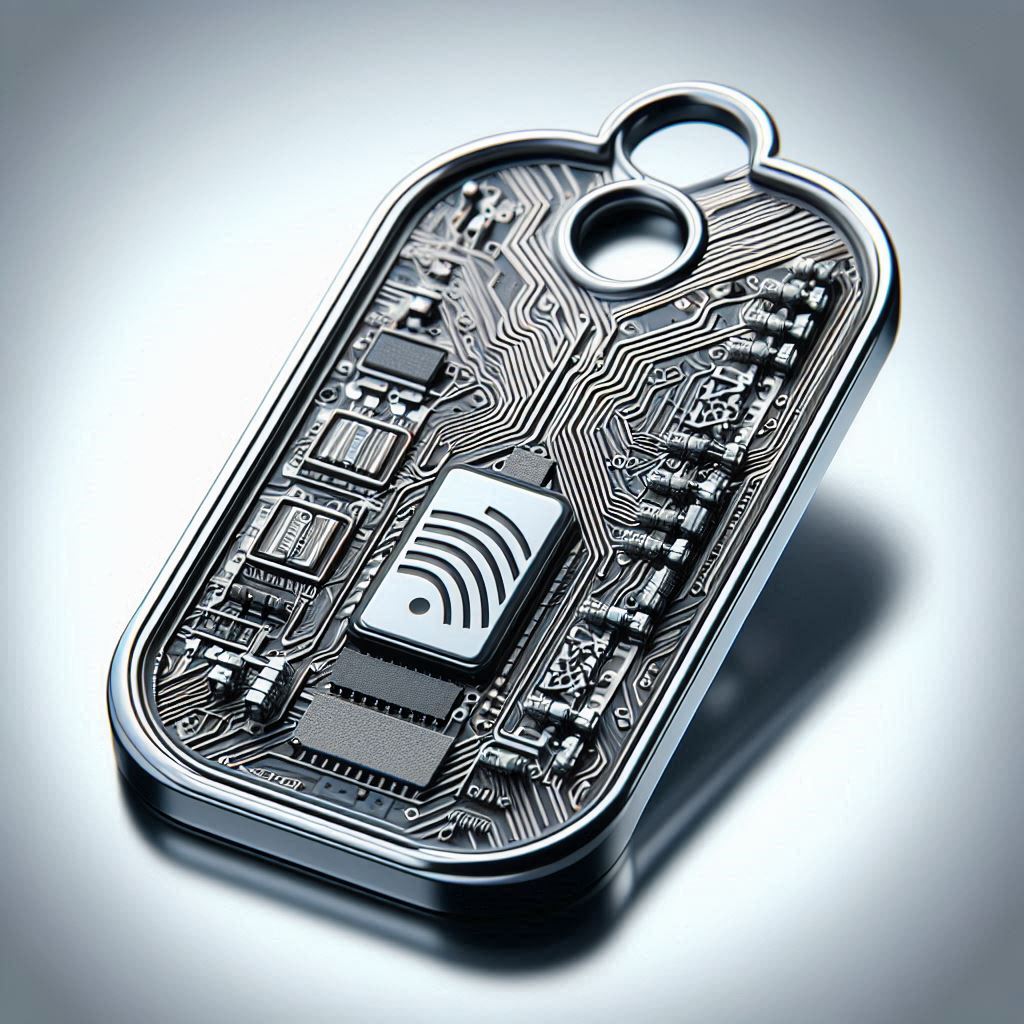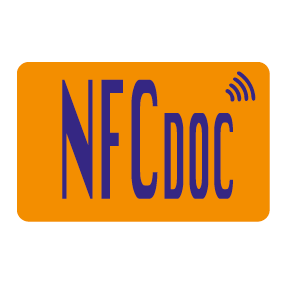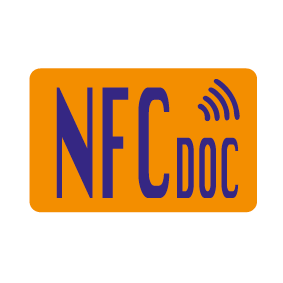RFID (Radio Frequency Identification) tags are wireless identification devices that use radio waves to transmit data to RFID readers. They are widely used in Inventory Management, Supply Chain Management, Retail & Theft Prevention, Transportation & Logistics

RFID (Radio Frequency Identification) tags are wireless identification devices that use radio waves to transmit data to RFID readers
technical description
- Types: Passive, Active, and Semi-Passive RFID tags.
- Frequency Bands:
- Low Frequency (LF): 125–134 kHz (short-range applications).
- High Frequency (HF): 13.56 MHz (used in NFC and access control).
- Ultra-High Frequency (UHF): 860–960 MHz (long-range tracking).
- Components:
- Microchip: Stores unique identification data.
- Antenna: Enables communication with RFID readers.
- Substrate: Protects the chip and antenna.
- Read Range:
- Passive tags: Up to 10 meters.
- Active tags: Up to 100 meters.
- Data Storage:
- EPC (Electronic Product Code) for unique identification.
- User memory for additional data storage.
- Power Source:
- Passive tags: Powered by RFID reader signals.
- Active tags: Have an internal battery for extended range.
For more details, you can check out this RFID guide.
applications of RFID Tags
Are widely used across industries for tracking, identification, and automation. Here are some key applications:
- Inventory Management: Retailers and warehouses use RFID to track stock levels in real time, reducing errors and improving efficiency.
- Asset Tracking: Businesses attach RFID tags to equipment and valuable assets to monitor their location and prevent loss.
- Access Control: RFID-enabled key cards and badges allow secure entry to buildings, offices, and restricted areas.
- Supply Chain Management: RFID tags help track shipments from manufacturing to delivery, ensuring transparency and reducing delays.
- Healthcare: Hospitals use RFID for patient identification, medication tracking, and equipment management.
- Retail & Theft Prevention: RFID tags help retailers prevent theft by triggering alarms if items are removed without proper checkout.
- Transportation & Logistics: RFID is used in toll collection, vehicle tracking, and baggage handling at airports.
applications of RFID Tags
Are widely used across industries for tracking, identification, and automation. Here are some key applications:
- Inventory Management: Retailers and warehouses use RFID to track stock levels in real time, reducing errors and improving efficiency.
- Asset Tracking: Businesses attach RFID tags to equipment and valuable assets to monitor their location and prevent loss.
- Access Control: RFID-enabled key cards and badges allow secure entry to buildings, offices, and restricted areas.
- Supply Chain Management: RFID tags help track shipments from manufacturing to delivery, ensuring transparency and reducing delays.
- Healthcare: Hospitals use RFID for patient identification, medication tracking, and equipment management.
- Retail & Theft Prevention: RFID tags help retailers prevent theft by triggering alarms if items are removed without proper checkout.
- Transportation & Logistics: RFID is used in toll collection, vehicle tracking, and baggage handling at airports.
If you need more details about this specific subject, MAIL TO
SELECT THE PRODUCT OF YOUR INTEREST (sub)

